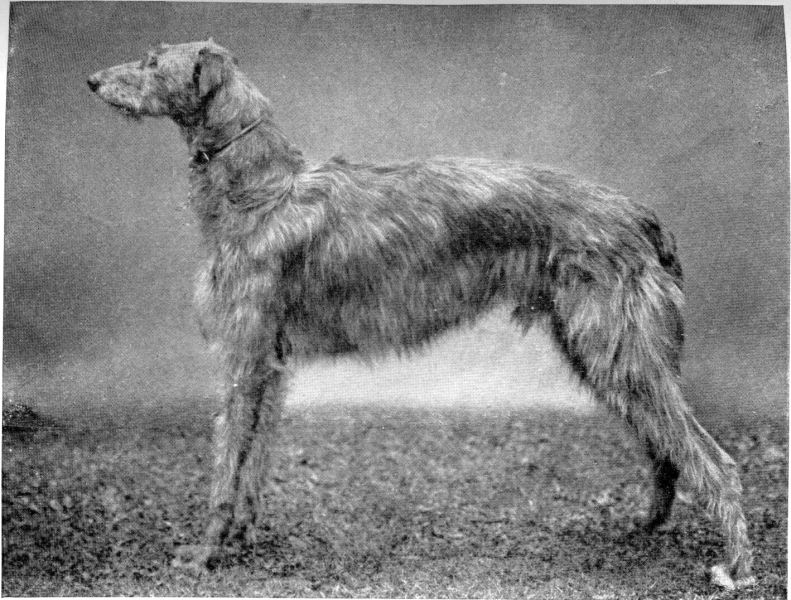
Scottish Deerhound
Veterinarian Reviewed on December 23, 2007 by Dr. Janice Huntingford
Physical Characteristics
Breed Group:
The Scottish Deerhound belongs to the Hound and Sighthound Groups.
Weight:
Male: 85-110 lb.; female: 75-95 lb.
Height:
Male: 30-32 inches; female: at least 28 inches.
Color(s):
The coat may come in shades of gray and gray brindle, with dark blue-gray.
Coat:
The Scottish Deerhound wears a thick, ragged, crisp coat that lies close. It is harsh and wiry with hairs 3-4 inches long. The coat offers some weather and dirt resistance.
Overview
Character:
The independent Scottish Deerhound has a quiet, dignified manner. This courageous breed is keen and alert.
Country of Origin:
Scotland
History:
The Scottish Deerhound may have Greyhound lineage. During the Middle Ages, this dog was renowned for coursing stag. During the Age of Chivalry, no one who ranked lower than an Earl could own this breed. The Scottish Highland chieftains hoarded this valued dog known as the royal dog of Scotland. The breed declined in the 1700s, then revived in the 1800s.
Name:
Deerhound
Temperament:
This extremely sensitive breed has an easygoing attitude. Although amiable, the Scottish Deerhound is reserved with strangers.
Care:
Training:
This independent dog is wilful, yet willing to please. This breed may be slow to obey. Know what motivates your pet, such as offering chicken or steak pieces.
Activity:
Provide plenty of daily exercise, such as a good long walk or romp. This breed loves to run and chase. Be aware the Scottish Deerhound may chase strange animals. Always keep on a leash unless in a secured area. Consider activities involving sighting, tracking, agility and lure coursing. Without enough exercise, this dog may be destructive indoors.
Ownership:
Owners should provide a large yard or acreage. This dog needs human companionship The Scottish Deerhound is good with children and other dogs. Living indoors with his family is best. Allow plenty of room indoors and a soft surface or bed to stretch out. This friendly breed should not be kept as a watchdog or guard dog.
Breeders:
No breeders listed at this time.
Sign up for our newsletter and receive more articles and the latest pet health updates and special offers.
Our Expert
 Dr. Janice Huntingford
Dr. Janice HuntingfordJanice Huntingford, DVM, has been in veterinary practice for over 30 years and has founded two veterinary clinics since receiving her Doctor of Veterinary Medicine at the Ontario Veterinary College, University of Guelph. She has studied extensively in both conventional and holistic modalities. Ask Dr. Jan

